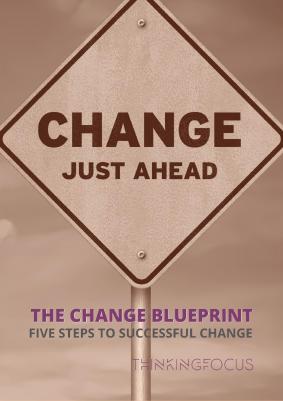The cost of business change is huge!
An HBR article suggests that 70% of change fails to achieve its intended outcomes.
Of course, change is a cost; the question is – when we embark on change, do we help our people to come on the journey, or do we add to the cost by creating disengagement – a sense of unfairness, lack of control, build-up of resistance, these all add up to a hidden cost of change, that will never appear on your balance sheet. You are losing valuable time that will escalate if not managed correctly. What’s your cost of change, and more importantly, what’s your cost of doing nothing?
How much is your current or most recent change costing you?
Add your numbers to the calculator to determine how much change has cost you so far and how much it will cost if it goes unresolved:
Cost of Change Calculator
This is not a scientific calculation, just a quick indicator. It may not be the total you arrive at, but it won’t be zero either; your instinct and judgment will tell you where you believe it to be on the scale.
Want to talk about how to reduce your cost of change?
When you’ve worked out the cost of change for your business, call us, and we’ll help you cut the cost whilst engaging your people as you go. Download the Change Blueprint for our take on organisational change and how you take people on the journey.






